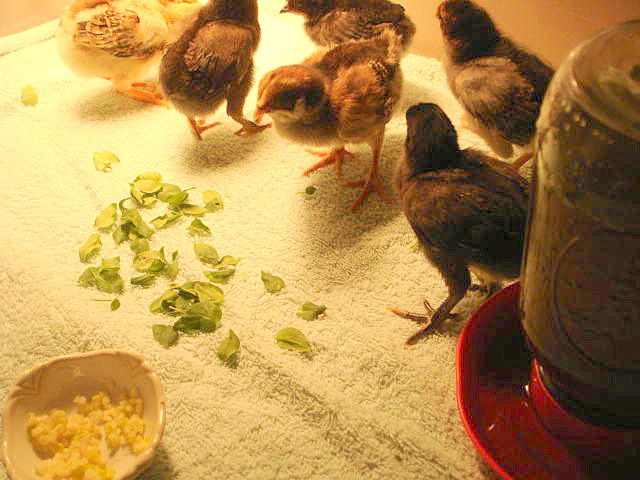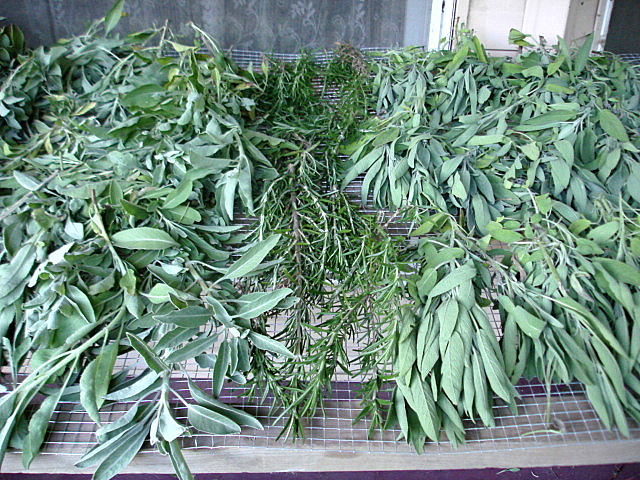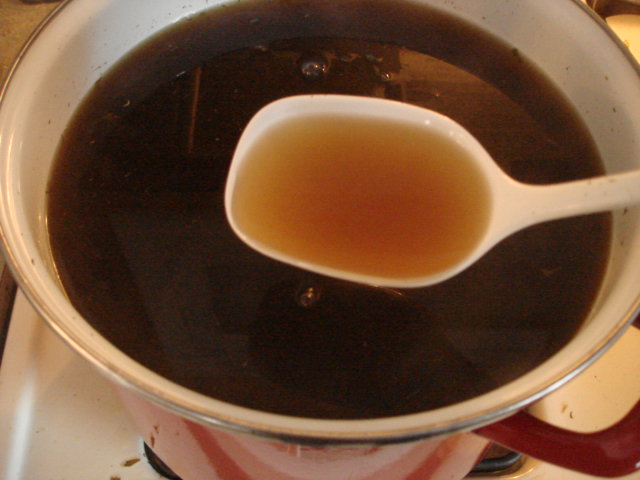
Hatchability of poultry eggs is affected by many factors, but it is most directly affected by the general health and nutrition of the laying hen.
High quality drinking water is necessary, which usually receives little attention compared to foods. Water is not only as critical as a nutrient to metabolism (minerals),
but acts as a conductor for nutrient transportation from the seed, plant and insect matter eaten. Basic health and nutrition directly affects proper function of the reproductive
system. In addition, the digestive system needs balanced nutrients to keep infectious disease and parasite loads in check. If we artificially incubate, we may focus entirely on
external practices, such as egg collecting/storage and the mechanics of operating the incubator. Compared to a healthy hen, all those things are secondary.
Successful incubation must start with a healthy egg, from a healthy hen. The hen’s internal health is not just about having quality water, vitamins, minerals, protein and calcium
to create an egg, but it must also include overall proper functioning of the reproductive and digestive systems working in harmony to produce viable eggs.
Reproductive health
The reproductive system can be compromised by poor daily nutrition and even more so by exposure to infectious disease. Low calcium levels are associated with egg binding.
Tumors caused by disease in the ovarian tract can be a common cause of failure in the hen’s reproductive organs and hens that are too fat can suffer prolapsed oviducts.
Bacterial and respiratory infections can also derail the egg-laying process. Yolk peritonitis may result from secondary bacterial infection. The mature hen only has one active
ovary (the second ovary does not develop), which can atrophy from disease or severe stress caused by a lack of feed or water. So as you can see, keeping your hens as healthy as
possible will have a lot of bearing on producing vigorous eggs with a healthy vitality and viability.
Mating
Temple Grandin, acclaimed animal scientist, talks about the "rapist" rooster in her book, Animals in Translation. These roosters were bred through single-trait breeding,
which causes unintended side effects when focusing on breeding for certain traits. The trait of “courtship” got bred out of some roosters. A normal rooster would do a little
courtship dance before trying to mate with a hen. This “fixed action pattern” will trigger something in the hen’s brain for her to crouch down into a sexually receptive position
so the rooster can mount her. She doesn’t crouch down until she sees the dance. Since some roosters stopped doing the dance, the hens stopped crouching. So the only way the roosters
can now mate is by using force by grabbing and jumping on the hen, and using force with their spurs. The hens that are low on the pecking order get jumped more by roosters than those
hens on the high end of the order. This copious mating can cause a loss of feathers to the hen on her back to the point of large patches of bare skin. This makes the hen susceptible
to cuts from the rooster’s spurs. This can cause serious injury to the hen and
intervention may be required

Pathenogens & External Environment
The digestive system keeps pathenogens and internal parasites in balance. Salmonellosis, Colibacillosis and other diseases can be transmitted to the eggs from the infected hen
while the egg is being created. Infectious bronchitis is a highly contagious respiratory disease in chickens which may produce soft-shelled or misshapen eggs even long after
they have been affected by the disease. It may, in fact, affect laying for the rest of their lives. Raw garlic should be available as much as possible all year long to the hen,
but especially while producing eggs to hatch, or provided mashed in the drinking water. It is good to also have raw garlic available when the chicks hatch, so they, too, will
learn to eat it at an early age.
Keeping the nests clean during the laying/brooding process is very important, as contaminated nests can pass pathenogens into the porous egg externally. In the wild, birds
will use medicinal herbs externally and in their nesting environment. They will line their nests with highly aromatic herbs that contain strong smelling volatile essential oils.
These oils can be anti-bacterial and anti-parasitic, and what with their aromatic nature, some herbs can be calming and help to relieve stress of the sitting hen. The newly
hatched chicks can benefit externally by rubbing against these herbs in the first few days. There are many aromatic herbs, but I recommend what is in your immediate environment,
whether native or not, and especially those that present themselves early in the spring. For me, I use peppermint (antiparasitic, antimicrobial), spearmint (nervine),
catnip (sedative, nervine, insecticide) and oregano (stimulant, antiparasitic, antifungal). Other examples might be wild bergamot, lavender, rosemary, sage, basil, thyme and fennel.
A few handfuls of fresh herb should be sufficient, applied to the nest before the hen goes broody.

Nutrition
Good nutrition is important for creating a healthy egg. Hen’s internal nutrients will switch from growth and health of the hen to supporting egg production. Researchers have
discovered that chickens can actually choose to direct nutrients towards themselves or their eggs. During egg production, then, hens are weakening their own health.
So it makes sense to generally supplement the feed of laying hens. We all know that calcium is needed for the egg’s shell, but the egg also needs other nutrients, especially
sufficient salt, phosphorus, choline (B complex), protein and fat. We also know about supplementing calcium with oyster shell or crushed eggshell. Herbs are a perfect choice
for supplying not only all these vitamins and minerals, but calcium and protein as well
Nettles (Urtica dioica) would be my first choice herb. This nutritive herb is particularly high in calcium, protein, manganese, phosphorus, and potassium, Vitamins A & C,
among others. Another nutritive herb, alfalfa (Medicago sativa ) contains proteins, amino acids, minerals, and high in chlorophyll, which makes it a valuable antioxidant.
Lamb’s Quarters (Chenopodium album) has long been used as a pasture forage food. It is a great tonic for the whole digestive system. It is high in protein, calcium, and
vitamin A & C, B complex vitamins and iron. Dandelion (Taraxacum officinale) is a complete food that should be easy for everyone to find to use! It is high in protein,
Vitamin A, C, K, D, and B complex, iron, manganese, phosphorus and other trace minerals. These greens can be applied fresh or dried leaf or as an herbal tea. Make sure the
waterer is nearby brooding hens and ideally set up in a separate gallon waterer nearby. This should be offered to the growing chicks as well to build healthy immune systems.
Herbal tea offers the array of benefits of these herbs in a uniform, concentrated mixture that ensures the hen is dosed with as much as she chooses to drink. It can be
considered a "green" food and drank daily if so offered.
Salt is generally available in feed rations, but make sure fresh water is available year round, as salt poisoning can occur if water intake is not available or drinkable.
Organic apple cider vinegar in the water will discourage bacterial and fungal growth, keep the water viable, and also aid the digestive system.
Hens will lose weight and valuable fat from their bodies because of the redirection of nutrients from their own bodies to egg production. Hens should be a healthy weight
before egg production begins. Once egg production has begun, it is hard to adjust body weight . Garlic oil made with olive oil (or another monosaturated fat), raw
crushed garlic, and then mixed with sunflower seed or wild birdseed will not only give hens healthy fats for their health, but also provide medicinal value from the garlic.
Applying this oil periodically during the winter months will not only help to keep them internally warm, but help prep them for spring as well.

Internal Spring Cleaning
Creating wood charcoal and ash from native wood can be a very beneficial and an important supplement for your poultry. Charcoal can absorb toxins and is capable of absorbing up
to two hundred times its own weight. Animals in the wild would come across charcoal after forest fires or lightening strikes and they would be drawn to these places to consume
charcoal. Charcoal has minimal nutritional value, but research suggests that animals consume it for its medicinal, toxin-binding properties. The charcoal is also laxative and so
then can work twofold and move the impurities it absorbs out of the body. If worms or worm ova are present, it can to some degree help move them out of the body as well.
Your poultry will also eat wood ash as well as charcoal. Wood ash has a very nice texture to aid in dust bathing and adding it their dust bathing pits to eat and dust in will give
your poultry a double-benefit! Wood ash is highly soluble in Vitamin K, followed by calcium and magnesium. Vitamin K is useful for blood clotting in poultry.
Charcoal can be made from dry and clean branches or tree stumps and burning slowly in a deep pit. Or throw an un-split log on a bonfire or fireplace as the fire is winding down in
heat and intensity. Slow burning is essential to charcoal making, and you can damp down a fire that is burning too quickly with some water. You can build an outdoor bonfire with
brush, and leave the remains of a fire pit where they range and let them eat it free choice.
Having a woodstove makes it quite easy. By morning the fire dies down quite a bit and there will be embers or coals at the bottom of the woodstove. Local wood is preferred,
like walnut, oak and locust. Before stoking the fire back up again for the day, the first step is to smooth the coals out. At this time, the ash settles to the very bottom and
chunks present themselves. If the fire has gone completely cold during the night, then of course you can pick out chunks of charcoal barehanded and they are ready for use immediately.
If, in the morning, you have hot coals, then of course take care removing good chunks to use. Most of us that have woodstoves also have an accessory kit of sorts - the poker, the
brush and a small shovel. Use that small shovel to remove what you wish to use and place those chunks in a safe place to cool completely off. In a few hours or less the charcoal
chunks can be handled safely. If you have young or inexperienced pets or children, you might consider more careful placement of the hot coals. Charcoal would be a good
spring "internal" cleaning, but in reality, charcoal and ash can be beneficial year-round.
Starting with healthy hens, keeping them healthy during mating, egg laying, and brooding process will keep those little chicks hatching all season long. And, in turn,
that will insure the chicks will have a good start to a long and productive life themselves.
Original Article, Susan Burek. 2018 Moonlight Mile Herb Farm, Copyright
|




